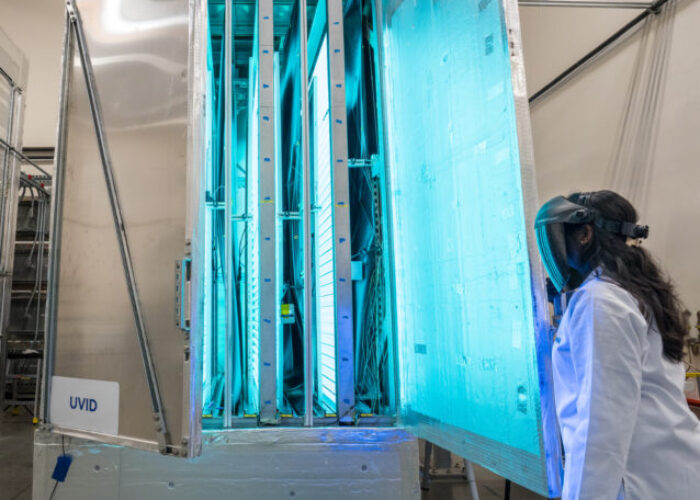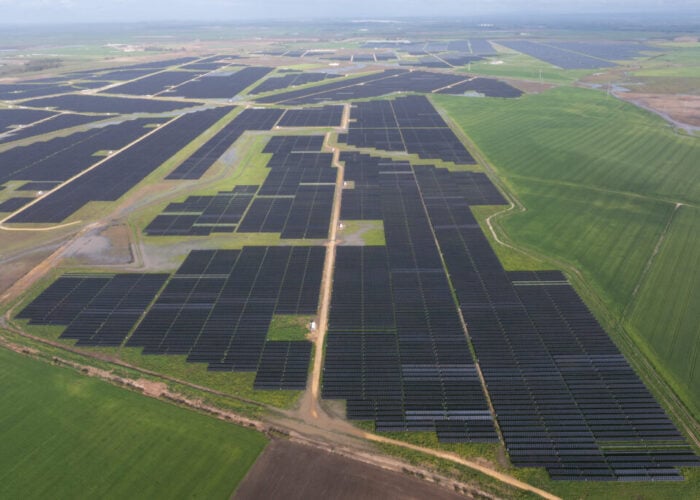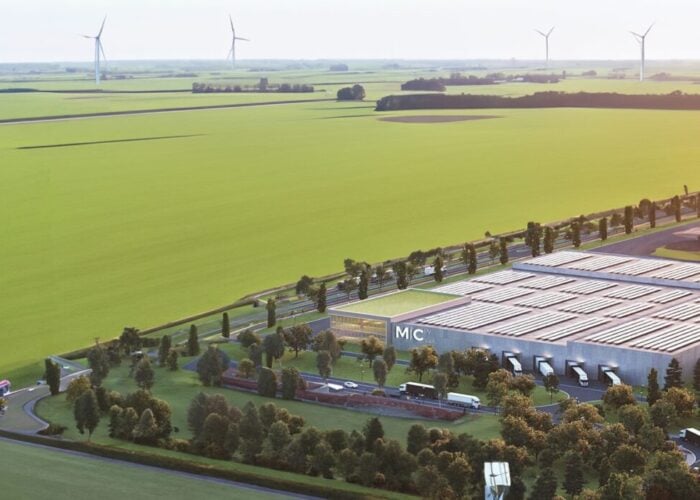
Spanish solar tracker manufacturer Soltec has launched 4×4, a new foundation option for its SFOne range of trackers that aims to improve their flexibility.
These new foundations allow the trackers to be installed on steeper terrain. Trackers built with the 4×4 “functionality package” can be installed on north-south and east-west slopes with consistent gradients as high as 15%, and on slopes with non-constant gradients of up to 20%.
Try Premium for just $1
- Full premium access for the first month at only $1
- Converts to an annual rate after 30 days unless cancelled
- Cancel anytime during the trial period
Premium Benefits
- Expert industry analysis and interviews
- Digital access to PV Tech Power journal
- Exclusive event discounts
Or get the full Premium subscription right away
Or continue reading this article for free
The foundation option is designed for use with the company’s SFOne range of trackers, a dual-row single-axis solar tracker that uses 72- and 78-cell modules, larger sizes of products that have become increasingly common in the solar sector. The company has already deployed these trackers at a number of projects, including three projects owned by oil and gas major Repsol in Spain, and the new foundation option will help improve the performance of this range of products.
Soltec also noted that the 4×4 option benefits from “customisable software” for the SFOne range of trackers, which collects data on the pile driving method used to install the trackers. This data can then be used to develop new pile driving processes, to optimise construction operations, and Soltec expects this process to help reduce project installation costs.
The news follows a number of positive developments for Soltec. Earlier this year, the company posted record-setting revenue for a first quarter, and last month, Soltec launched a new floating tracker for use on inland bodies of water. The company’s chief strategy and innovation officer, Eduardo de San Nicolás, described to PV Tech Premium how the “Flotus” tracker was based on naval design principles to ensure its robustness in floating applications.






